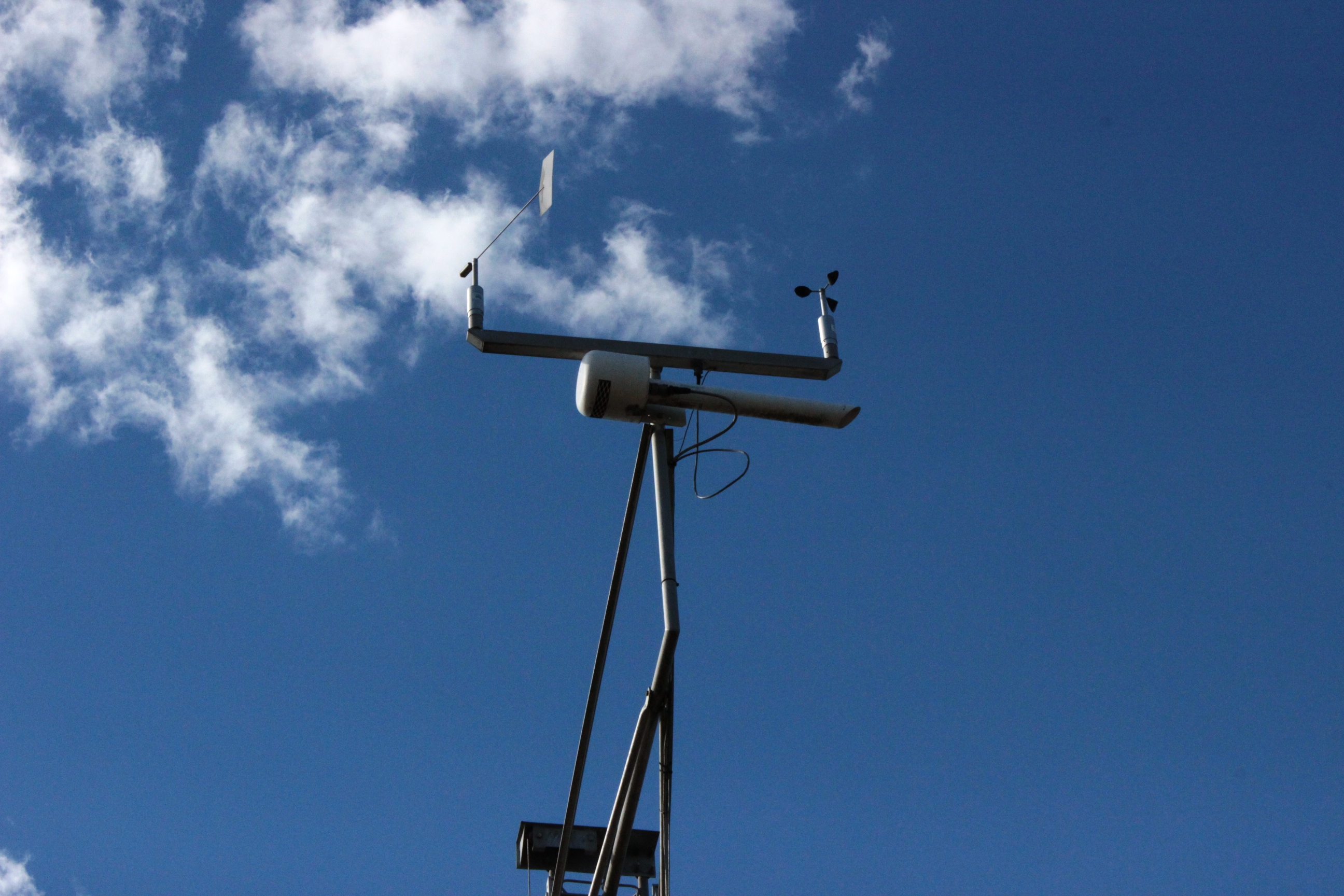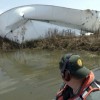Background
What is the EPA?
The Environmental Protection Agency, or EPA, is a federal agency charged with monitoring and maintaining a healthy environment in America. Many credit U.S. Senator Gaylord Nelson with spurring interest in the environmental movement, he created Earth Day in the spring of 1970 which led to the creation of the EPA in December of that year.
The EPA monitors a huge array of environmental issues in America. The agency scrutinizes everything from the fuel standards to mercury levels in lakes and landfill regulations.
Clean Air Act
The EPA monitors air quality under the Clean Air Act, this includes ambient air as well as emissions from cars, factories and power plants. Everyday the EPA releases air quality standards for the entire United States. A major focus of the EPA’s fight against air pollution is the reduction of greenhouse gases: carbon dioxide, methane, nitrous oxide and fluorinated gases. Tackling greenhouse gas emissions
Clean Water Act
Under the Clean Water Act of 1972, the EPA monitors the quality of American surface waters and pollution of both fresh and saltwater resources. The Clean Water Act is a revised and improved form of the Federal Water Pollution Control Act of 1948. The EPA announced it will give $10 million for beach cleanups around the nation, according to the EPA’s website.
Climate Change and the EPA
Through regulation of pollutants the EPA hopes to slow climate change, which the EPA defines as, “any significant change in measures of climate (such as temperature, precipitation, or wind) lasting for an extended period (decades or longer),” according to the agency’s website. The EPA monitors weather patterns, sea level changes and greenhouse gas levels in the air.
Waste, Toxic Chemicals, Disposal and the EPA
Waste reduction and proper disposal of toxic materials is a major focus of the EPA. The Resource Conservation and Recovery Act, passed in 1976, was a landmark piece of legislation in terms of allowing the EPA to regulate disposal of waste. Subtitle-D legislation, passed in 1976, regulates the methods of disposal of non-hazardous solid waste.






